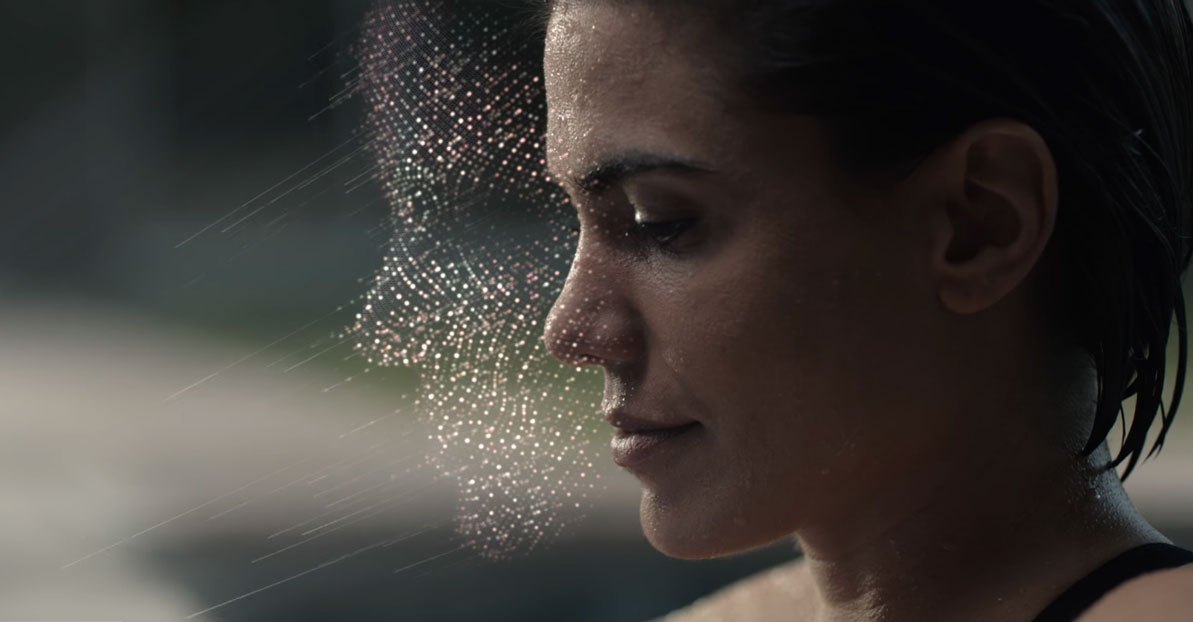It is not the first time that we can read about the arrival of Face ID in Macs. This time, however, everything is moving in a specific direction. Apple has been granted the relevant patent application.
The patent application describes the Face ID function a little differently than we know it so far. The new Face ID will be much smarter and can automatically wake up the computer from sleep. But that is not all.
The first function describes the smart sleep of the computer. If the user is in front of the screen or in front of the camera, the computer will not sleep at all. Conversely, if the user leaves the screen, the timer will start and the device will then automatically go into sleep mode.
It could be interest you

The second function does essentially the opposite thing. The sleeping device uses sensors to detect the movement of objects in front of the camera. If it captures a person and the data (probably a face print) matches, the computer wakes up and the user can work. Otherwise, it remains asleep and unresponsive.
Although the entire patent application may look strange at first glance, Apple already uses both technologies. We know Face ID from our iPhones and iPads, while automatic background work in the form of the Power Nap function on the Mac is also familiar.

Face ID together with Power Nap
Power Nap is a feature we've known since 2012. Back then, it was introduced together with operating system OS X Mountain Lion 10.8. The background function performs some operations, such as synchronizing data with iCloud, downloading emails, and the like. So your Mac is ready to work with current data immediately after waking up.
And the patent application very likely describes a combination of Face ID along with Power Nap. The Mac will periodically check for movement in front of the camera while it sleeps. If it recognizes that it is a person, it will try to compare the person's face with the print it has stored in its memory. If there is a match, the Mac will probably unlock straight away.
It could be interest you

Basically, there is no reason why Apple would not implement this technology in the next generation of its computers and macOS operating systems. The competition has been offering Windows Hello for a long time, which is login using your face. This uses the standard camera in the laptop screen. So it is not a sophisticated 3D scan, but it is a very user-friendly and popular option.
Let's hope that Apple will see the feature through and not just end up in a drawer like many patents.
Source: 9to5Mac